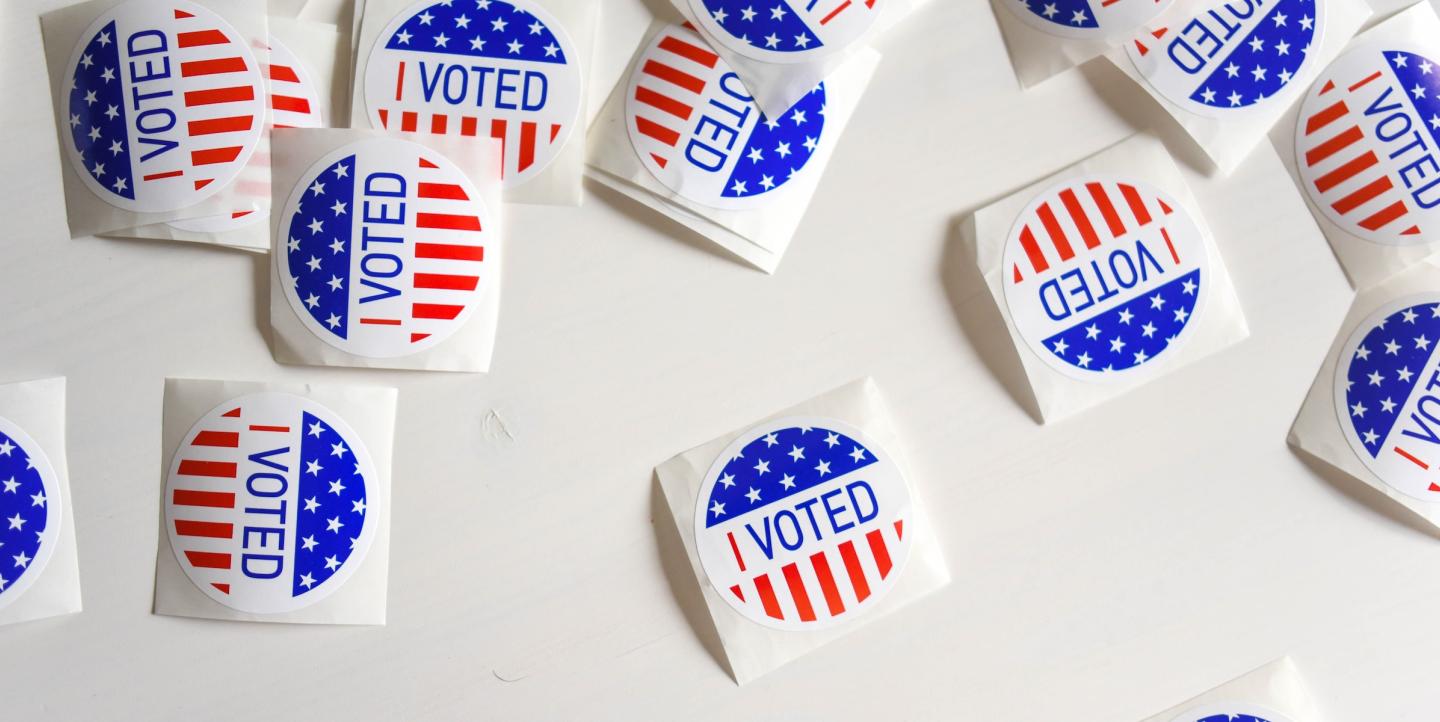If there is ever a time when lots of swirling information and important developments must be addressed by journalism, it’s during an election period. Polarization increases during election cycles, and with it facts and veracity take a back seat to emotions and opinions. It’s critical to have in mind — and in writing — a guide on what to do and what to avoid before the elections begin.
In 2020, we saw how the baseless conspiracy theory of "electoral fraud" in the U.S. presidential election gained strength, leading to an attempted coup. We will continue to have to address this disinformation ahead of the next presidential election in 2024.
It’s imperative to reiterate the facts around it: former President Donald Trump lost 63 of the 64 lawsuits he filed after his election loss, and the only successful one did not prove any fraud. Cite non-partisan organizations and use data to support your reporting on the issue.
The increase in mail-in voting has diverged along political lines in the U.S. Nearly 60% of Democrats voted by mail compared to only 32% of Republicans, according to data analyzed by Charles Stewart, a political scientist and director of the MIT Election Data and Science Lab. This data helps explain why mailed-in votes, which typically are counted later, typically tilt in favor of Democratic candidates.
The delays in tabulating the results for some states creates anxiety and doubt, especially as many people would like and expect to know the results on the day of the election. Note in your reporting key details, for instance that some swing states, including Michigan, Pennsylvania and Wisconsin, prohibit the opening of mail-in ballot envelopes before Election Day. Political experts recommend alerting readers to these patterns ahead of time to prevent uncertainty in the electoral system and its results.
In the face of political figures and other actors who seek to cast doubt around mail-in and absentee voting, journalists must furthermore explain using data why voting by mail is just as secure as voting in person.
It will be a journalist's job in the 2024 election to remind the public of the lessons learned about the polls to restore confidence in the process. Explaining basic things like where to vote and what to expect on Election Day should include reminders that the existence of some irregularities does not mean there is widespread, coordinated fraud. This is one of the most frequently repeated disinformation narratives in the both U.S. and across Latin America, as a UNESCO study with LatamChequea showed.
Other disinformation patterns highlighted in the report include claims that people who have died or are otherwise ineligible to vote have done so. In the U.S. this has tended to focus on undocumented immigrants.
Deceased persons may be included on voting rolls, as these are never updated on the same day as the elections taking place. Should it occur that someone uses the identity of a deceased person to vote, make sure to contextualize the incident with data showing such cases’ prevalence, and note if and how it has affected the vote count.
Provide examples of previous cases, such as Georgia in 2020, which after baseless allegations about thousands of illegal voters, official data showed that only two people in fact voted illegally in the state.
The same applies to allegations of undocumented or ineligible voting: accompany the allegations with statistics, official data, examples from previous years, and context as to whether errors would change the outcome.
Make sure your reporting goes beyond horse race-style coverage: it’s not just about who is leading the polls and by how much, but what the candidates' proposals are, the elections’ key issues, and more. When reporting on polling data, report only on the most reliable organizations and their numbers, along with information on margin of error, sample size and the date the polls were carried out.
Data voids are empty spaces where disinformation thrives: don’t be afraid of numbers and identify experts in data analysis who can explain them, first for you and then for your audience.
Establish relationships early, with traditional sources and your audience. Do your readers already know the best way to contact you? There's still time to let them know.
This resource is part of a toolkit on elections reporting and how to spot mis- and disinformation, produced by IJNet in partnership with Chequeado and Factchequeado, and supported by WhatsApp.
Image by Element5 Digital on Unsplash.

